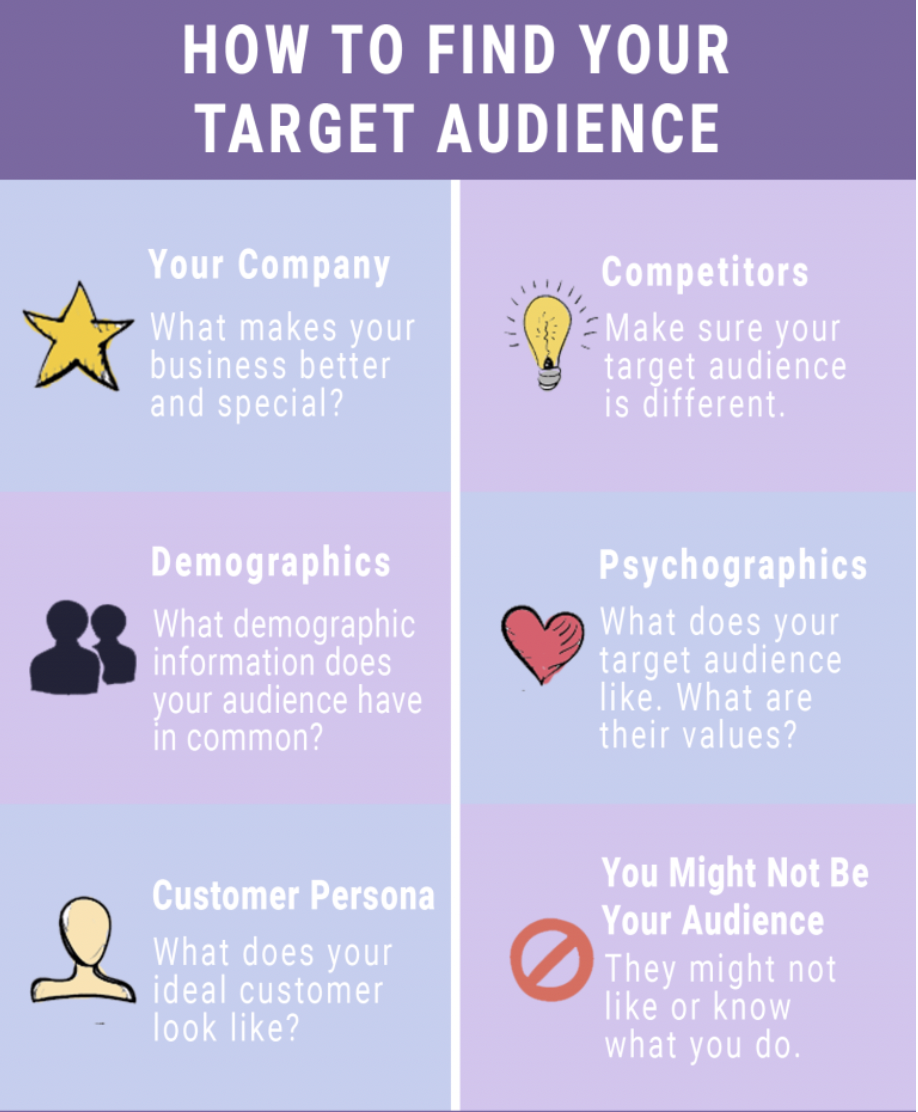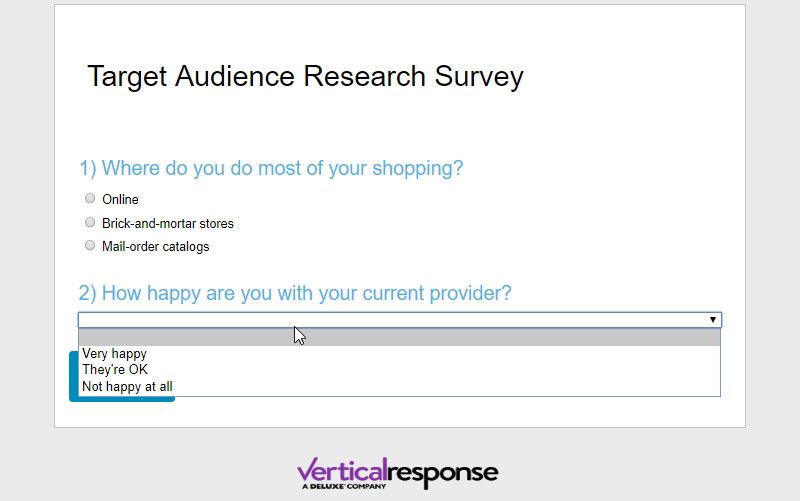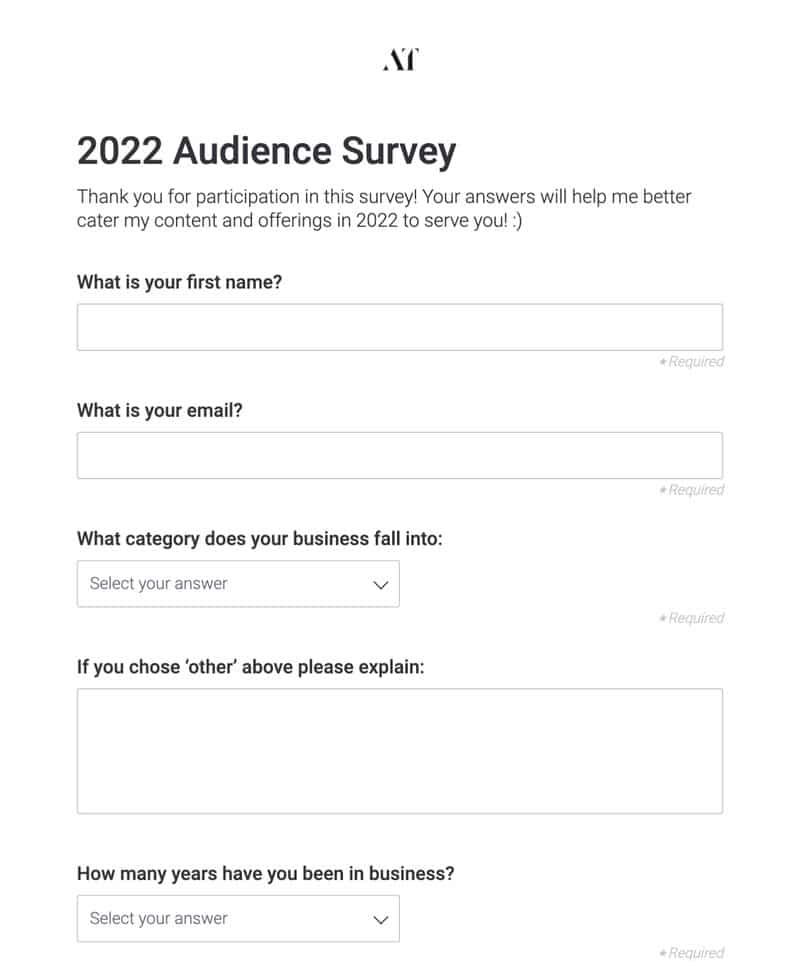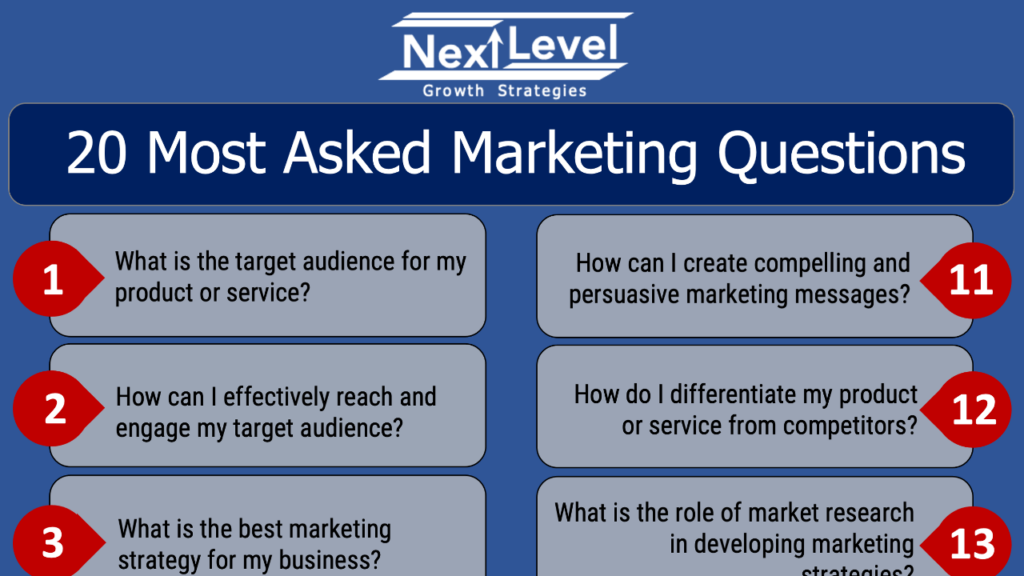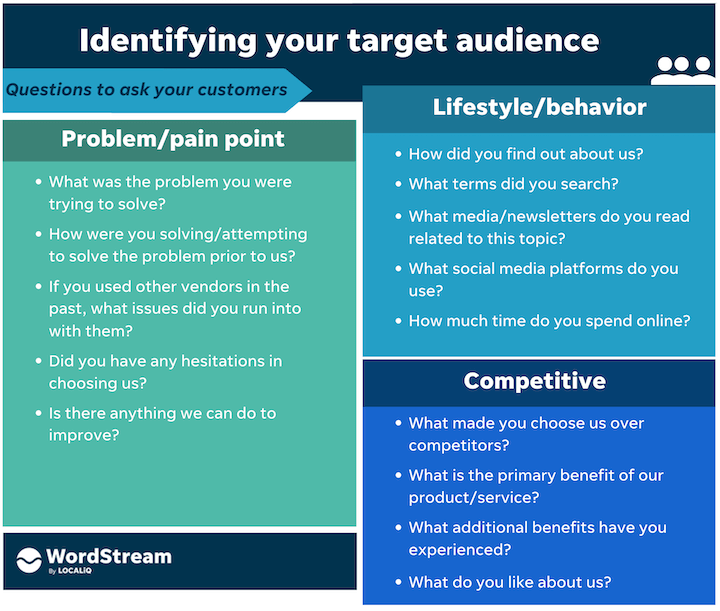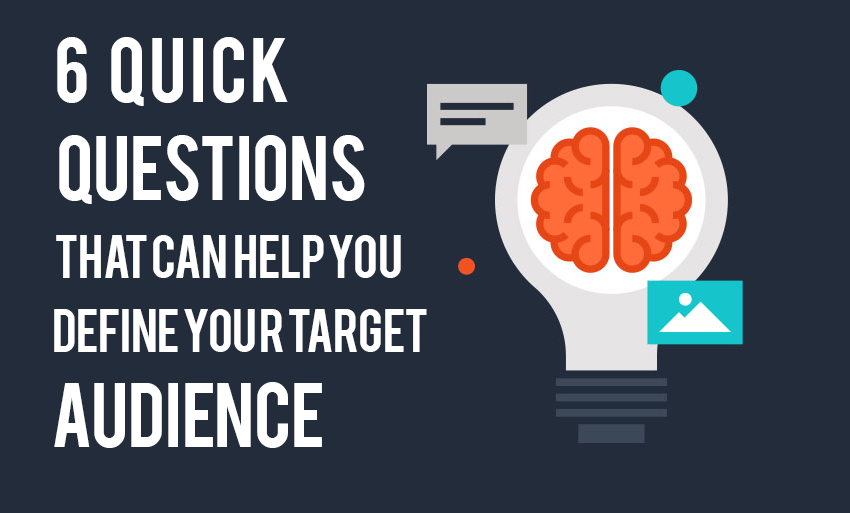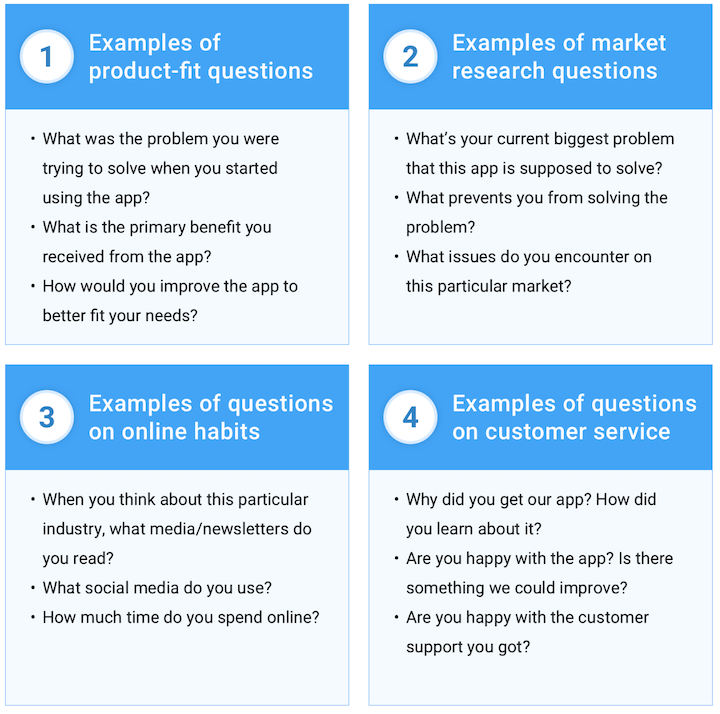Questions To Ask About Target Audience

Understanding your target audience is paramount for any successful venture, be it a business launch, a marketing campaign, or even a social initiative. Effectively tailoring your message and approach hinges on knowing exactly who you're trying to reach. But where do you begin? What specific questions can unlock the insights needed to connect with your audience on a meaningful level?
This article explores the key questions marketers and business owners should be asking to gain a comprehensive understanding of their target audience. These insights, gleaned from marketing experts and industry reports, are crucial for developing strategies that resonate and deliver results. Ignoring this crucial step can lead to wasted resources and missed opportunities.
Demographic Deep Dive
Demographics provide a foundational understanding of your audience.
Who are they, in terms of age, gender, location, income, education, and occupation? Gathering this basic data allows you to build a preliminary profile of your potential customer.
Are they primarily urban dwellers or located in rural areas?
Understanding income levels is critical for pricing and product positioning.
Official census data and market research reports are valuable resources for answering these questions. For example, the U.S. Census Bureau provides detailed demographic information down to the local level.
Psychographic Profiling: Uncovering Values and Attitudes
Moving beyond demographics, psychographics delve into the psychological attributes of your audience.
What are their values, interests, lifestyles, and attitudes?
What motivates them to make purchasing decisions?
Understanding their values can guide your messaging and brand positioning.
Are they environmentally conscious, family-oriented, or driven by status? Market research surveys and social media listening tools can help you gather this qualitative data.
Brandwatch, a social listening platform, provides tools to analyze online conversations and identify key trends and sentiments among target audiences.
Behavioral Analysis: Tracking Actions and Patterns
Behavioral data focuses on how your audience interacts with products, services, and information.
What are their purchasing habits?
How do they spend their time online and offline?
Do they prefer online shopping or in-store experiences?
Which social media platforms do they use most frequently? Website analytics, customer relationship management (CRM) systems, and purchase histories can provide valuable insights into consumer behavior.
Google Analytics, for example, tracks website traffic, user engagement, and conversion rates, providing crucial data for understanding online behavior.
Needs and Pain Points: Identifying Problems to Solve
Identifying your audience's needs and pain points is crucial for developing products and services that offer genuine value.
What problems are they trying to solve?
What are their frustrations and challenges?
Understanding their pain points allows you to tailor your messaging to demonstrate how your product or service provides a solution. Conducting customer interviews, surveys, and focus groups can help uncover these unmet needs.
For instance, a survey might reveal that busy parents struggle to find healthy and convenient meal options, creating an opportunity for a meal kit delivery service targeting that demographic.
Information Consumption: Where Do They Get Their Information?
Understanding your audience's information consumption habits is vital for effective marketing and communication.
Where do they get their news and information?
Which websites, social media platforms, and media outlets do they trust?
This knowledge allows you to target your advertising and content where it will have the greatest impact.
Nielsen, a global measurement and data analytics company, provides insights into media consumption patterns across various demographics.
Knowing whether your audience prefers reading blogs, watching videos, or listening to podcasts will inform your content creation strategy.
Influencers and Opinion Leaders: Identifying Trusted Voices
Identifying influencers and opinion leaders within your target audience can significantly amplify your message.
Who do they trust and admire?
Which individuals or organizations do they turn to for advice and recommendations?
Partnering with relevant influencers can lend credibility to your brand and reach a wider audience. Social media analytics tools can help you identify key influencers within your niche.
Klear is an influencer marketing platform.
By collaborating with individuals who have established trust and authority with your target audience, you can effectively shape perceptions and drive engagement.
Conclusion
Asking these questions provides a solid foundation for understanding your target audience. Regularly revisiting and refining your understanding of your audience is an ongoing process. Adapting to changing trends and preferences is crucial for maintaining relevance and achieving long-term success.
By taking the time to deeply understand your audience, you can create more effective marketing campaigns, develop better products and services, and ultimately build stronger relationships with your customers. Invest in understanding your audience.





